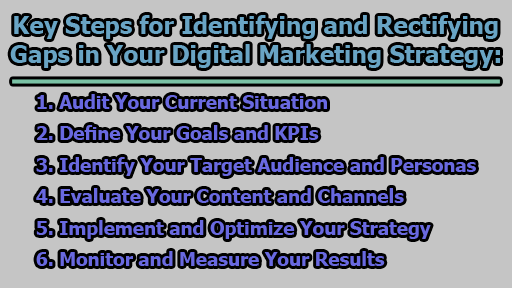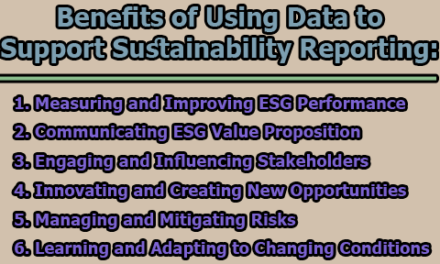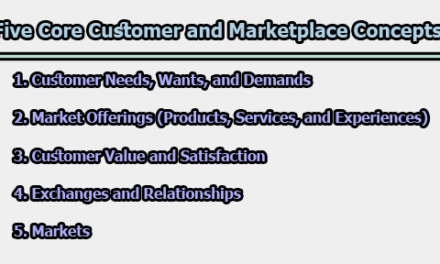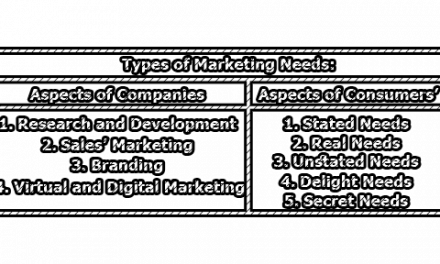Key Steps for Identifying and Rectifying Gaps in Your Digital Marketing Strategy:
In the ever-evolving landscape of digital marketing, having a well-structured and effective strategy is crucial to achieving your business goals. A digital marketing strategy encompasses various elements, such as target audience, content, SEO, social media, email marketing, and analytics. However, the question that often arises is: how can you ensure your strategy is working optimally or discover any gaps that require immediate attention? In this article, we will delve into the key steps for identifying and rectifying gaps in your digital marketing strategy.
1. Audit Your Current Situation: The first step in uncovering gaps in your digital marketing strategy is to conduct a comprehensive audit of your current online presence, performance, and resources. This involves utilizing various tools and techniques to gather and analyze essential data. Here’s what you can do:
- Data Analysis: Use tools like Google Analytics, Google Search Console, SEMrush, Moz, or HubSpot to collect and analyze data on website traffic, conversions, keyword rankings, backlinks, and content performance.
- SWOT Analysis: Perform a SWOT analysis to identify your strengths, weaknesses, opportunities, and threats in comparison to your competitors and within your industry.
The audit will provide a clear picture of where your digital marketing strategy currently stands and reveal potential areas that require improvement.
2. Define Your Goals and KPIs: The second step in identifying gaps in your digital marketing strategy is to define your goals and Key Performance Indicators (KPIs). Goals should adhere to the SMART criteria, meaning they should be Specific, Measurable, Achievable, Relevant, and Time-bound. These goals should align with your overarching business objectives. For example, if your aim is to increase website conversions by 10% in the next quarter, your KPIs could include tracking conversion rate, bounce rate, and average order value.
Setting specific goals and relevant KPIs ensures you have a clear roadmap for measuring your digital marketing strategy’s success and pinpointing areas that need attention.
3. Identify Your Target Audience and Personas: To bridge the gaps in your digital marketing strategy, it’s essential to have a deep understanding of your target audience and create detailed personas. Here’s how you can do this:
- Data Gathering: Utilize tools like Google Analytics, Facebook Insights, surveys, interviews, or focus groups to collect data and insights about your target audience.
- Persona Creation: Use tools like HubSpot, Xtensio, or MakeMyPersona to craft and visualize your ideal customer personas based on demographics, psychographics, behaviors, needs, and pain points.
Knowing your audience inside and out will help tailor your marketing efforts more effectively, addressing any gaps in your strategy related to reaching the right people.
4. Evaluate Your Content and Channels: Next, you should evaluate your content and channels to ensure they are performing optimally. Your content represents the messages and information you communicate, while your channels are the platforms through which you distribute that content. Here’s how to assess them:
- Content Assessment: Tools like Google Analytics, BuzzSumo, or Content Audit can help you evaluate the quality, relevance, and performance of your content.
- Channel Performance: To measure the effectiveness, reach, and engagement of your channels, employ tools like Google Analytics, Sprout Social, or Mailchimp.
Understanding the strengths and weaknesses of your content and channels will enable you to make necessary improvements, enhancing the overall effectiveness of your digital marketing strategy.
5. Implement and Optimize Your Strategy: After gathering insights from the previous steps, it’s time to put your findings into action. Implementing and optimizing your digital marketing strategy involves using project management tools like Asana, Trello, or CoSchedule to organize and manage tasks, projects, and campaigns. You can also employ tools such like Google Optimize, Hotjar, or Crazy Egg to test and enhance your website’s design, layout, and user experience.
This step is pivotal in closing the gaps within your strategy and aligning it more closely with your business objectives.
6. Monitor and Measure Your Results: Lastly, to ensure that your digital marketing strategy stays on track, you must continually monitor and measure the results. Regularly tracking and analyzing data and metrics in comparison to your goals and KPIs is essential. Tools such as Google Analytics, Google Data Studio, or DashThis can assist in creating and visualizing comprehensive reports and dashboards. Monitoring your online reputation, sentiment, and feedback can be achieved using tools like Google Alerts, Mention, or Brandwatch.
By keeping a vigilant eye on your strategy’s performance, you can identify any new gaps that may emerge and take prompt action to address them.
In conclusion, a well-structured digital marketing strategy is vital for any business aiming to thrive in the digital realm. However, the process of crafting and maintaining a strategy doesn’t end once it’s implemented; it requires ongoing evaluation and adjustments. By auditing your current situation, defining goals and KPIs, understanding your audience, evaluating content and channels, implementing and optimizing your strategy, and consistently monitoring results, you can identify and rectify any gaps that may exist. This proactive approach will enable your business to remain competitive and adapt to the ever-changing digital landscape, ensuring long-term success in the online sphere.

Assistant Teacher at Zinzira Pir Mohammad Pilot School and College










